Merino Wool Care Guide
Investing in quality knitwear and knowing how to care for it is an intentional and sustainable action. Merino Wool is a hard working and extremely durable natural fibre, and understanding how to look after your knitwear will elongate its life - saving time and money season on season.
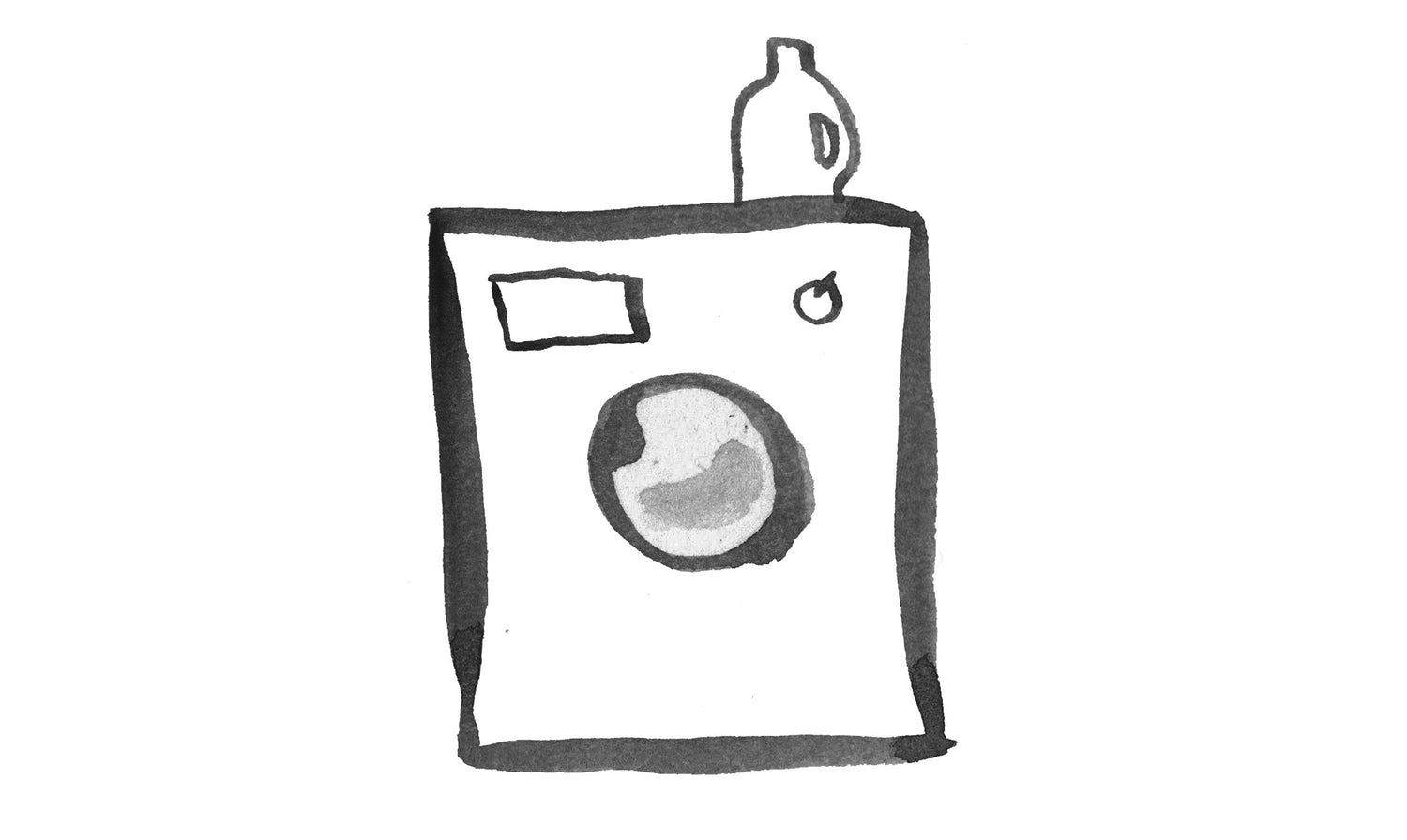
Guide: Machine Wash
Always consult the care label first. If the care label states 'machine washable', seperate light and dark colours and turn garments inside-out.
STEP 1: WASHING
Wash wool with wool on the 'wool' setting, this is usually a gentle cycle at 30C. Choose the 'delicates' setting if your machine doesn't have a wool cycle. Using a Woolmark approved detergent, avoid fabric softener, regular detergent, or heavy chemicals like bleach - which can damage the integrity of the natural fibre.
STEP 2: DRYING
Remove knitwear from the machine as soon as the cycle has finished, and dry flat across a standing line. Leave in the shade and avoid heat, like a radiator or the sun - this can induce shrinkage or discolour the wool. Never line-hang or tumble dry knitwear as this can affect the proportions of the garment.
Refer to Storing Knitwear below for next steps.
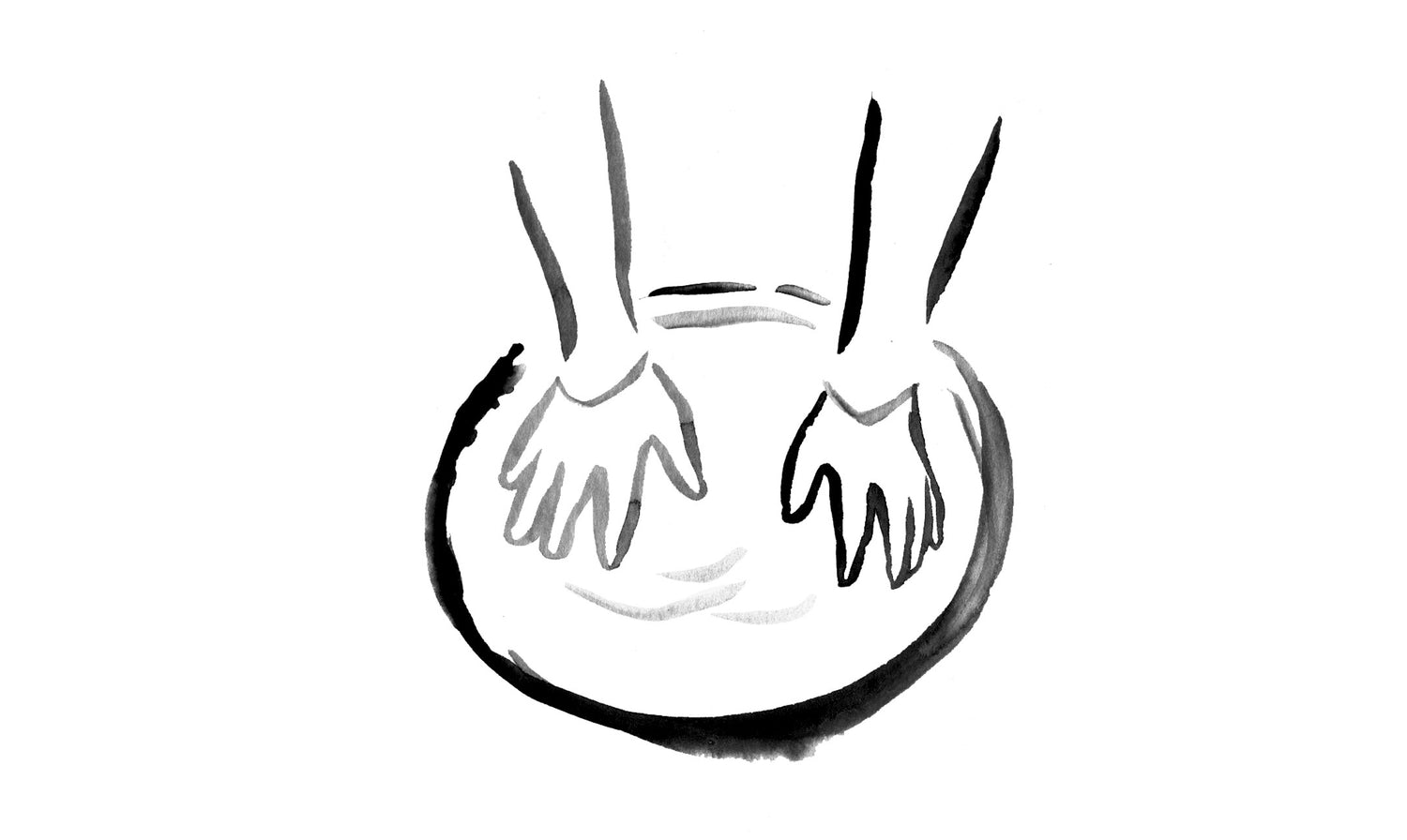
Guide: Hand Wash
Always consult the care label first. If the care label states 'hand wash', seperate light and dark colours and turn garments inside-out.
STEP 1: WASHING
Fill a large bucket or trough with lukewarm water, adding Woolmark approved wool detergent. Soak knitwear for 10 minutes, gently moving the garment. Rinse thoroughly firstly in lukewarm water, then finally in cold, until the water runs clear and there are no more suds left.
STEP 2: DRYING
Press knitwear against the side of the bucket to remove excess water. Never wring or twist as this will impact the shape of the garment.
Lay out a clean towel and gently move the garment to a flat position. Set a clean towel on top, and roll. This will press the excess water into the towels. Repeat with dry towels if needed.
Finally, lay flat across a standing line. Leave in the shade and avoid heat - this can induce shrinkage or discolour the wool. Never line-hang or tumble dry knitwear as this can affect the proportions of the garment.
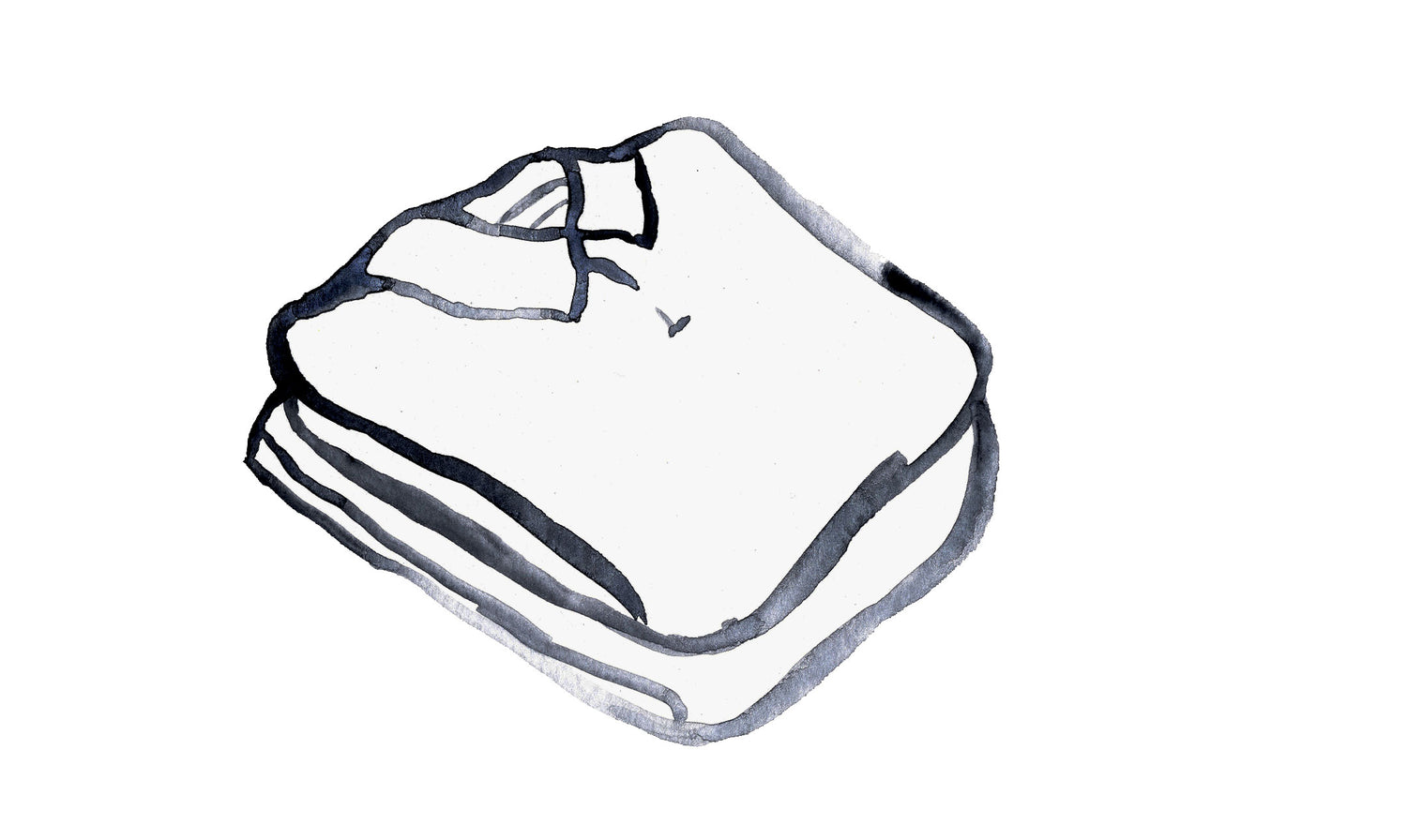
Storing Knitwear
Store merino knitwear by folding inside the re-sealable Toorallie garment bag. Storing in the zip-lock bag will avoid moths and silverfish, which can eat wool and create holes. This will also protect against snagging the yarn on jewellery.
Avoid hanging merino knitwear - garments can be heavy, and hangers can stretch the shoulders and elongate the length of the garment irreparably.
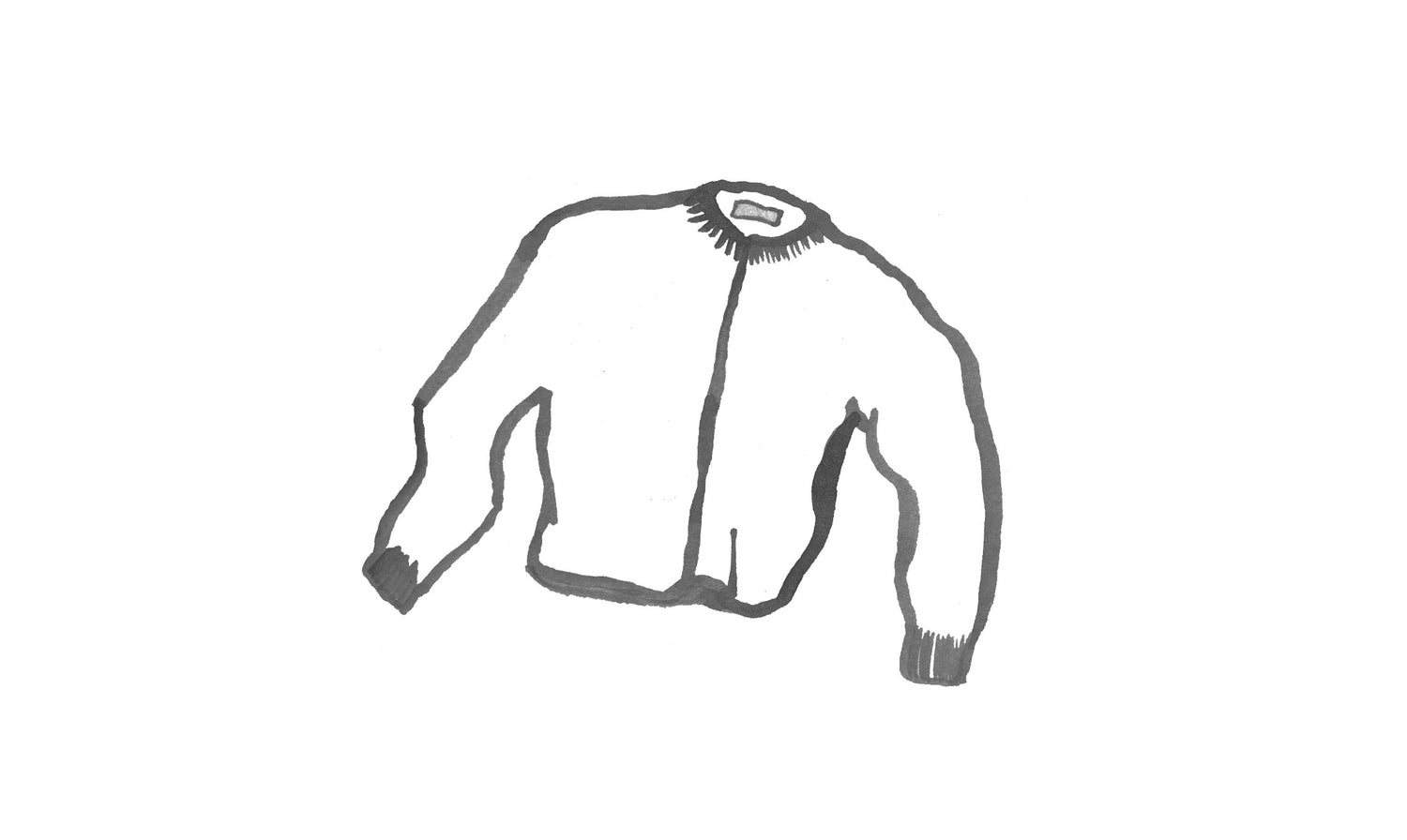
Between-Wear Care
Caring for merino wool garments between wears can be handled with simple spot cleaning, a light steam, or airing. Knowing how to address pilling, yarn pulls, stains, and creases will empower you to look after your knitwear for seasons to come.
WRINKLES
The merino wool fibre is on a microscopic level coiled like a spring: ready to return to its natural shape after being bent. This material recall lends an enduring resistance to wrinkles. A light steam or an iron (turn the garment inside-out, and set to the Wool or Delicates setting) will smooth out any creases should your garment require.
STAINS
The merino wool fibre has a protective outer layer which prevents stains from being absorbed. But if you do spill something on your knitwear - remove excess liquid with cold water and spot-clean with a lint-free cloth and Wool detergent. Blot gently with an absorbent cloth or towel. Avoid strong chemical stain remover as this can discolour the surface and material integrity of your knitted garment.
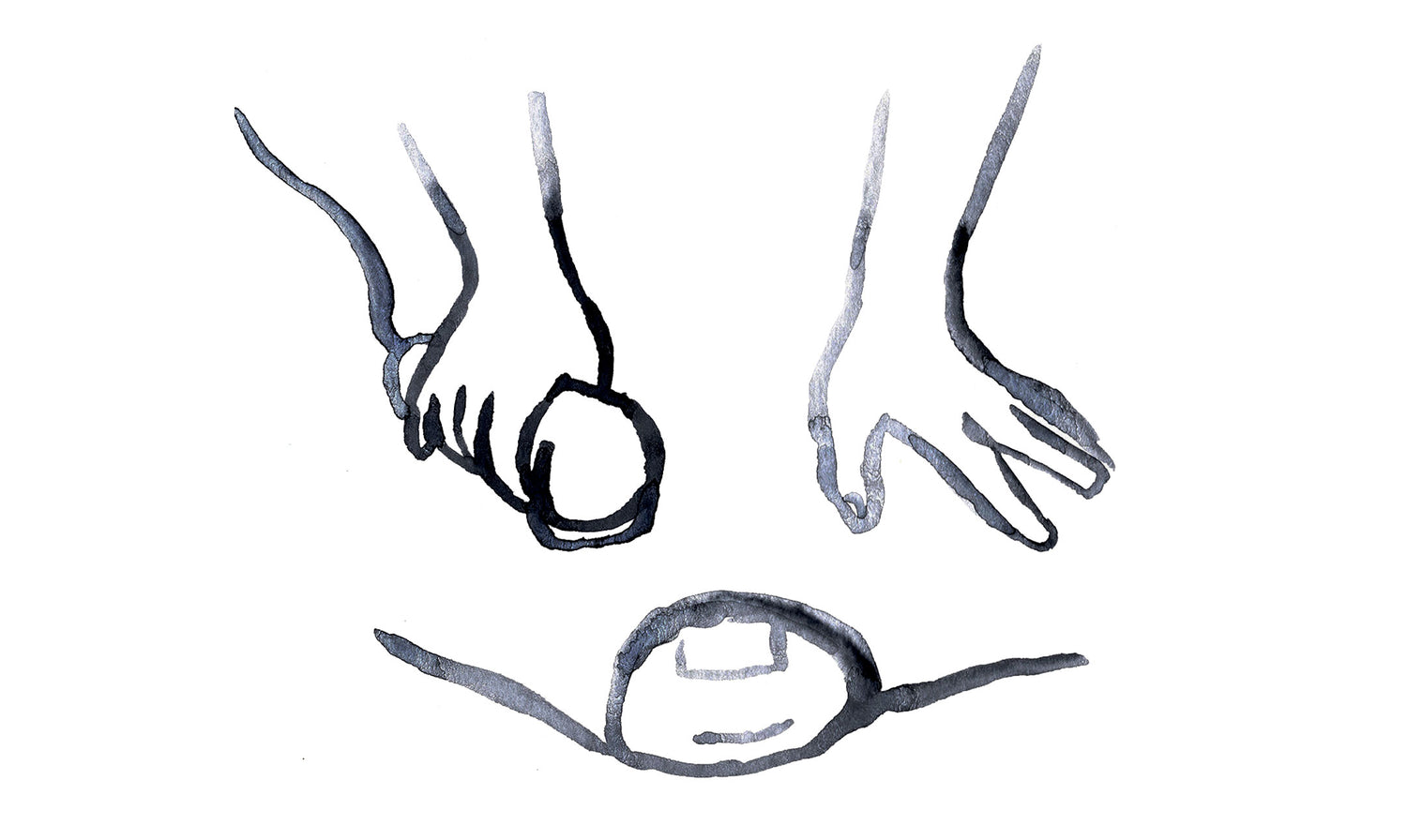
PILLING
Toorallie garments are formulated against pilling as they are made with a long staple fibre and high yarn twist. The longer the fibre, the more likely it is to 'lock in' to the twist: securing it in place. Shorter fibres have less purchase and can escape the twist, creating a fuzzy surface texture.
Pilling can occur in areas of repetitive friction, such as under the arms or across the shoulder where a seatbelt or bag may rub. This results in round balls of wool on the knitwear surface, which is easily removed with a de-pilling machine, or a careful swipe of the razor.
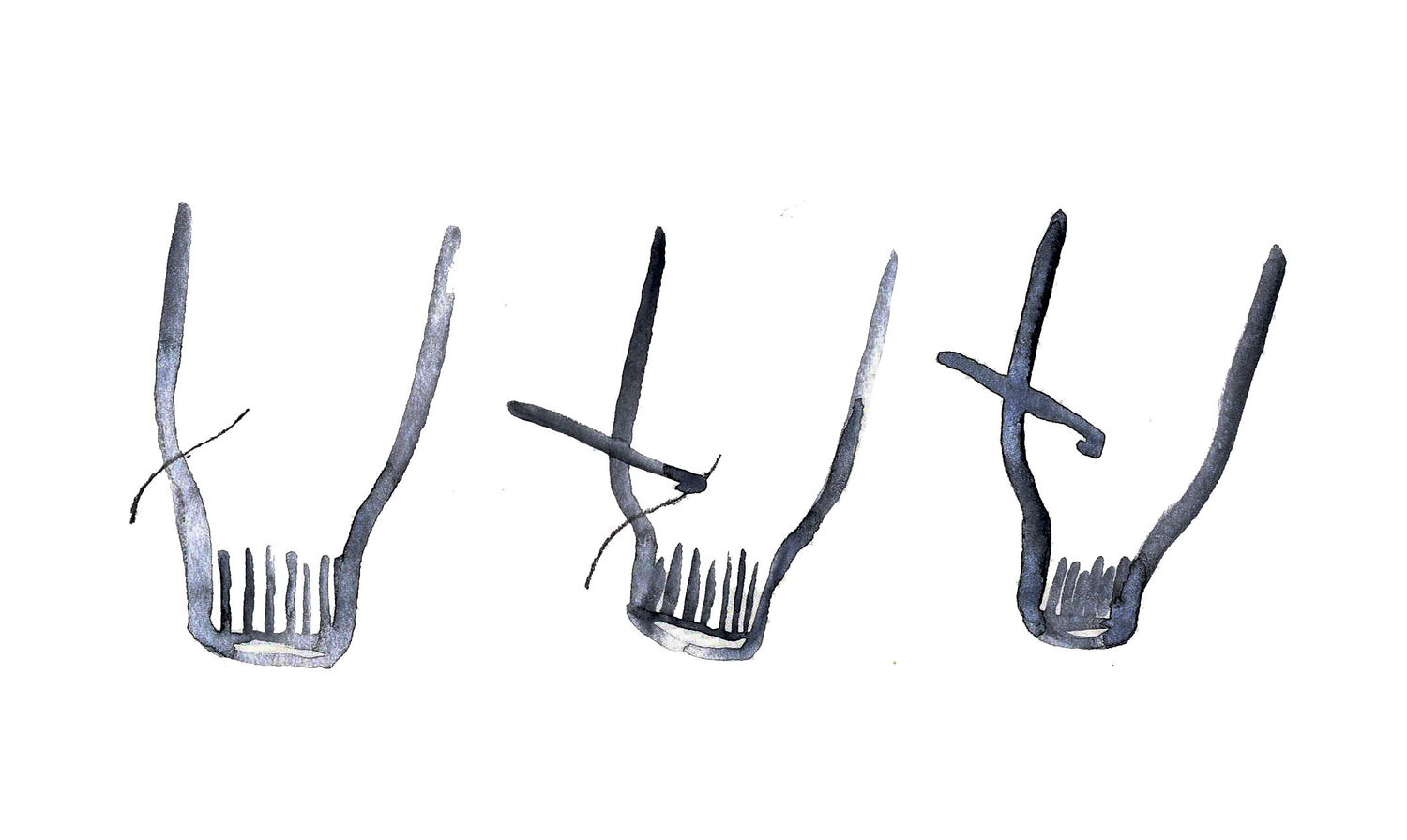
PULLS
As a knitted fabric, yarn can sometimes be snagged and pulled from its place. To mend, poke the yarn back through the knit with a crochet hook and knot on the underside. Never cut the strand, as this will form a hole in the fabric surface (if this occurs, repair by darning).